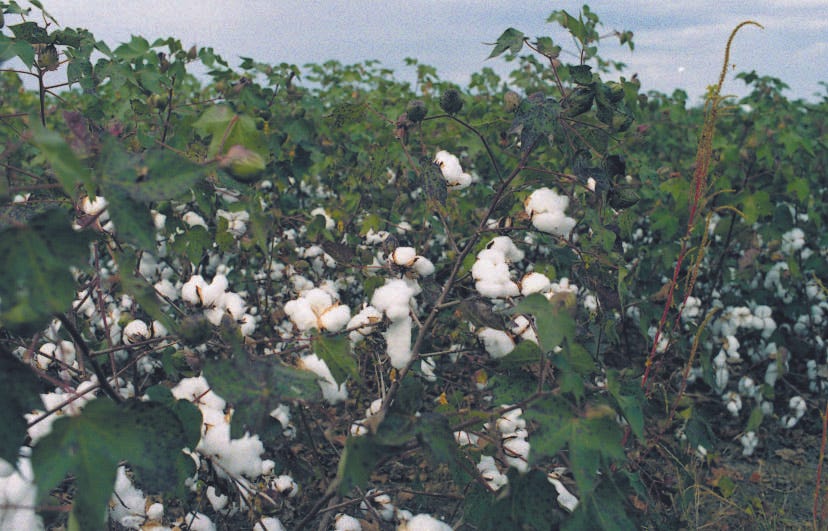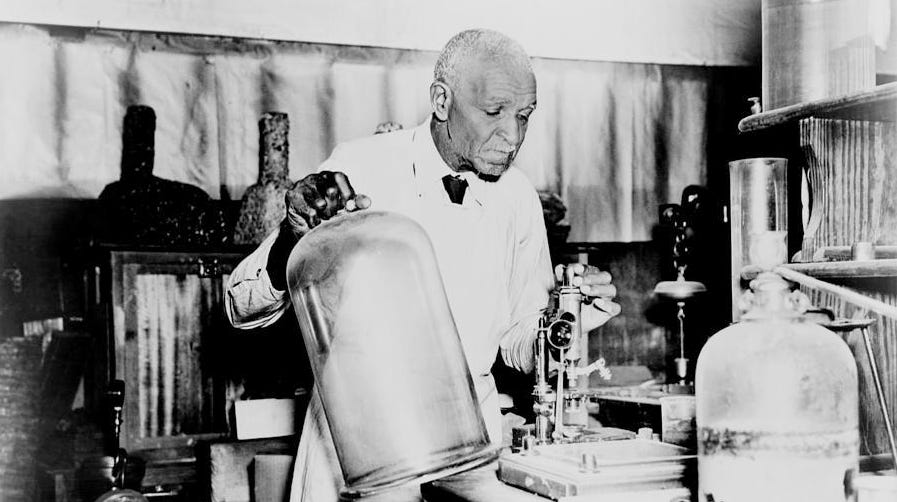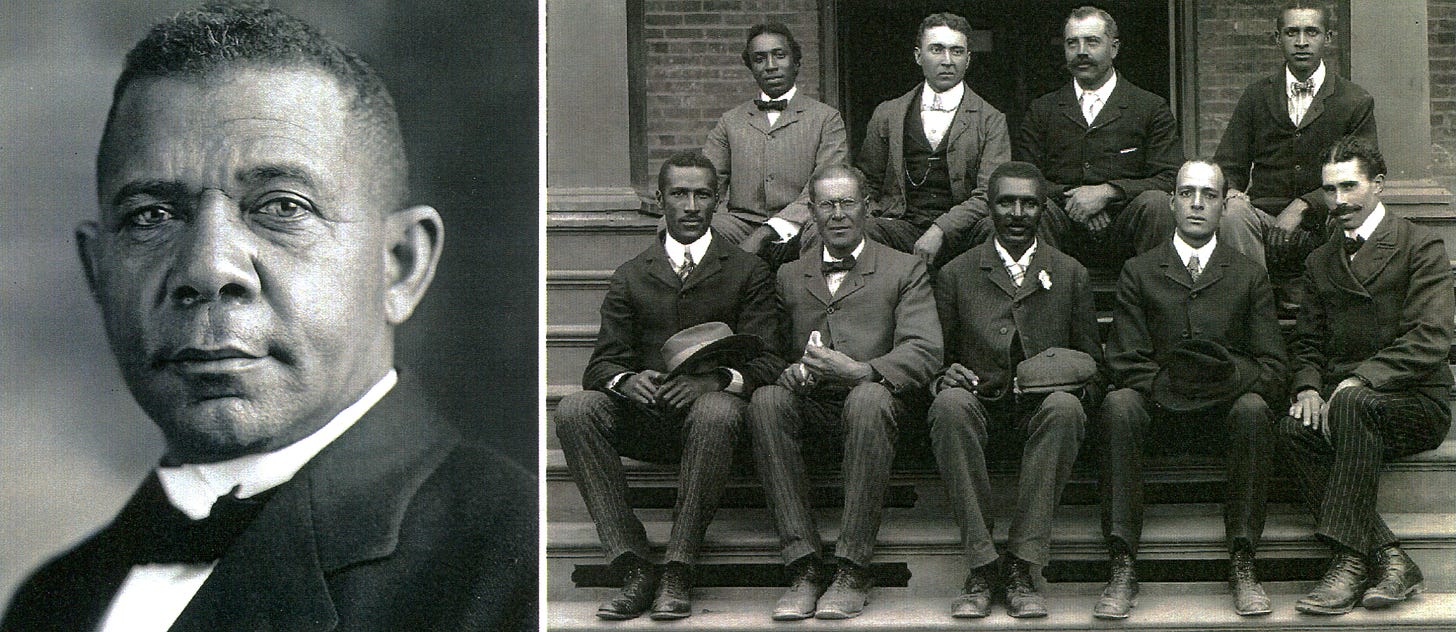
It’s 1918 and the rent’s due and you and your family are scared half to death …
… You’re terrified that your 100-acre cotton crop might not make enough money to keep you from going hungry and losing everything. You go out on the back porch and look in deapair across your field and see that the cotton this year is puny compared to last year and recall that last year’s was pathetic. It hits you like a gut-punch. You’ve done everything you could to make it work and now this.
“Great God! We might not make it.”
You think back across the current year and remember that conditions had been almost ideal for growing. “Why are the plants this year so bad? We should be harvesting within days but with this crop we might not break even.”
That scenario was widespread among cotton farms across the American south in 1918. Planters were looking for answers everywhere but in the soil.
But that’s where the answer was!

The repetition of a single crop, year after year, progressively depletes the soil in which it is grown. Sooner or later you wind up with soil that can’t sustain continued crops of the same plant.
Farmers in the South in the early 1800’s turned increasingly to growing cotton because it had such a high cash value. It was so desirable, in fact, that it soon surpassed tobacco. Because the returns were so good they couldn’t resist planting it year after year. And that’s what they did, much to the detriment of the soil itself.
The guy who influenced them the most to change their method was George Washington Carver, an agricultural scientist at Alabama’s Tuskegee Institute. Carver knew that plants like peanuts, soybeans and sweet potatoes could lock the nitrogen in the soil thus making it productive again. All you had to do was rotate a year of cotton with a year of those nitrogen-fixing plants.

Carver survived an amazing early life. When he was an infant, he and his mother and sister were kidnapped from the farm of Moses Carver, a white farmer who had bought George’s mother as a slave. The kidnappers were a band of slave raiders that roamed Missouri during the Civil War era. The pair were resold in Kentucky.
Moses Carver hired a neighbor to get them back but the man only found George whom he bought by trading one of Moses’ best horses. Moses Carver and his wife Susan raised George as their own child and taught him to read and write.

George was a frail boy but determined to improve his life through education. For years he worked his way through school after school across the midwest until finally graduating from what is now Iowa State University. In 1894, he became the first black American to earn a Bachelor of Science degree.
In 1896, George was hired to teach and do research at Alabama’s Tuskegee Institute by its founder, Booker T, Washington, America’s foremost African-American thinker and spokesman at the time. It was Washington who convinced the institute’s trustees to establish an agricultural school, stipulating that it’s head could only be Carver. George subsequently added Booker Washington’s name to his own.

In the years that followed, farmers appreciated the gains in cotton yield they had learned from Carver by alternating crops between cotton and peanuts or sweet potatoes. In fact, this created an abundance of the legume and sweet potato harvests to the extent that Carver was almost forced to come up with new applications for those crops. So he did.

There’s more to this remarkable story which you can discover by becoming a paid subscriber to “Eat Your History”. Plus learn how to make my favorite dish using peanuts. Your paid subscription is needed to keep these stories coming every week. ($7 per month, discounted to $70 for a full year!)
Keep reading with a 7-day free trial
Subscribe to Eat Your History to keep reading this post and get 7 days of free access to the full post archives.



